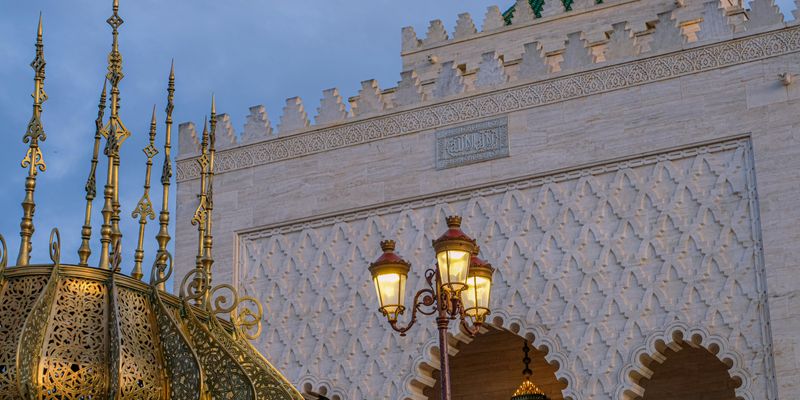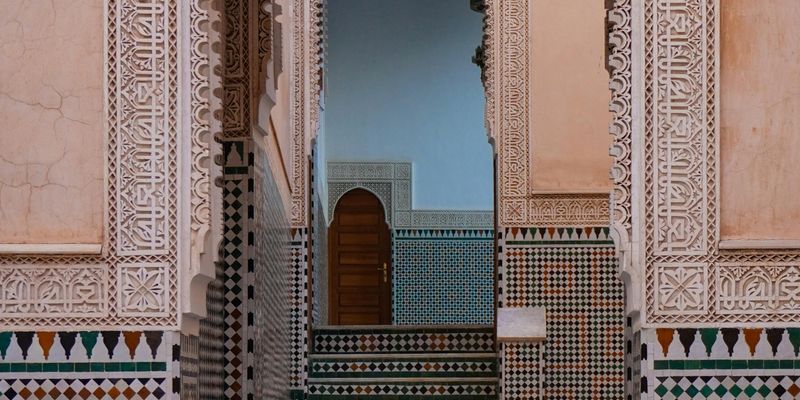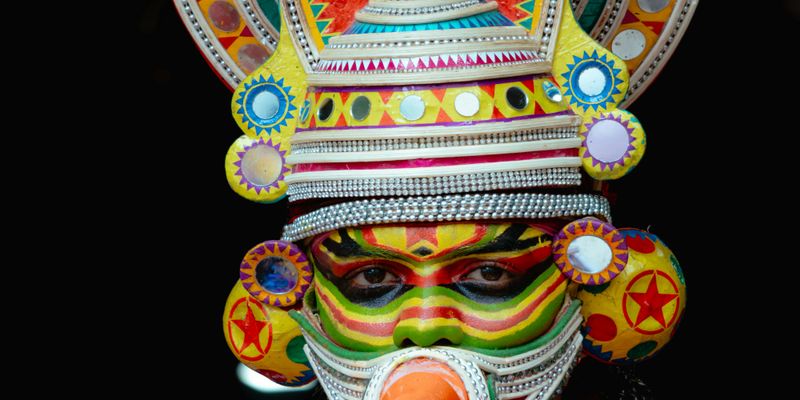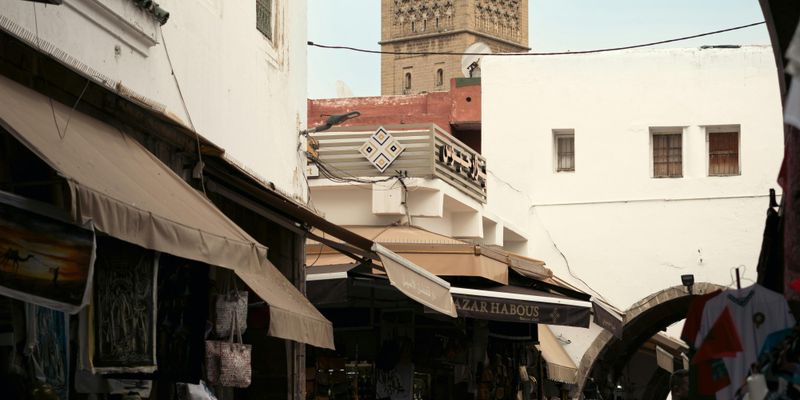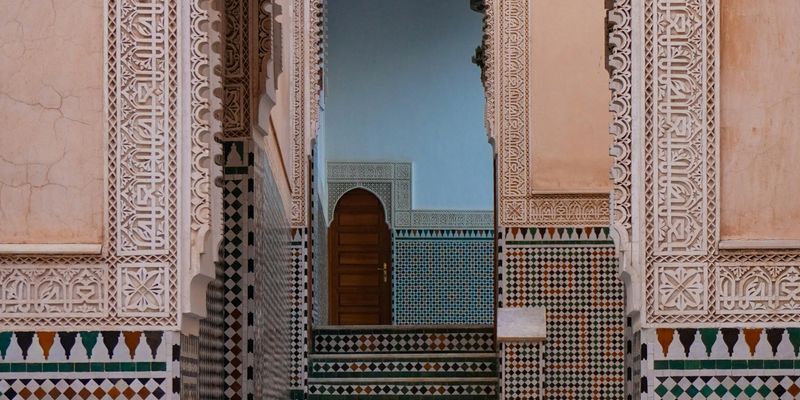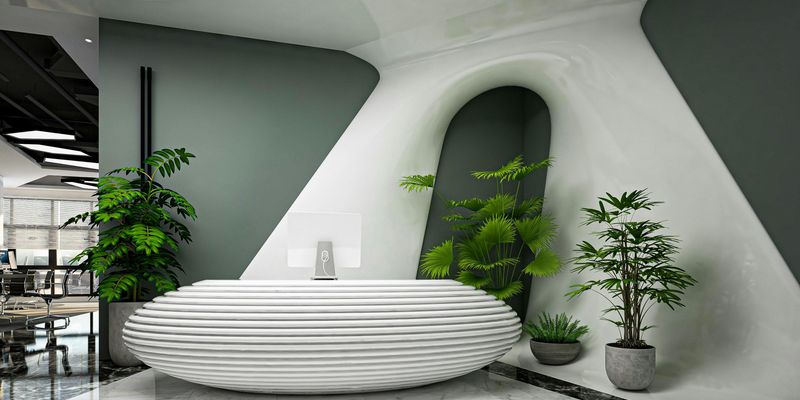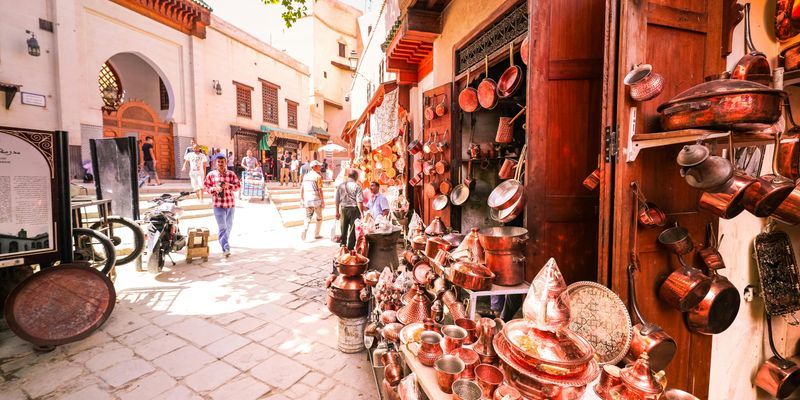
Why Rediscovering the Sufficiency of Moroccan Crafts is Essential
Morocco is a land of vibrant colors, intricate patterns, and rich cultural heritage, especially when it comes to its crafts. From the bustling souks of Marrakech to the artisan workshops in Fes, the craftsmanship here is not just a trade; it is an art passed down through generations. In this post, I want to invite you on a journey to explore the artistic treasures of Morocco and understand why they matter.
The Legacy of Craftsmanship
One of the most fascinating aspects of Moroccan crafts is the deep-rooted tradition that accompanies them. Many artisans, or hnani (هناني), as they are affectionately referred to, begin learning their skills at a young age, often under the guidance of family members. This familial connection to craft is what imbues each piece with a unique story and a sense of identity.
Take, for example, the renowned zellige (زلِيج) tiles. Each zellige is handcrafted from terracotta and then intricately cut and assembled to form stunning mosaic patterns. Walking through a traditional Moroccan riad (a type of house built around a garden), you cannot help but be mesmerized by these colorful tiles that speak to the artistry and patience of their makers.
The Art of Textiles
Textile crafts are equally captivating. Moroccan carpets, particularly those handwoven by Berber women, are a vivid expression of the country's cultural tapestry. Each carpet tells a tale of its own, using symbols and colors that echo the life and landscape of the region it comes from. One cannot overlook the beautiful kilims (a flat tapestry-woven carpet or rug), known for their geometric patterns and vibrant colors.
Purchasing a carpet from a local artisan is not just about acquiring a beautiful item; it represents supporting the local economy and preserving a significant cultural practice. I fondly remember my first visit to a carpet workshop in the Atlas Mountains, where the artisans explained the meaning behind each motif, making the rugs even more special.
The Personal Touch in Pottery
Pottery is another significant component of Moroccan craftsmanship. The striking blue and white pottery from Safi and the colorful creations from Fes showcase the diversity of techniques. Each piece of pottery is adorned with patterns that reflect centuries of tradition and innovation.
I had the pleasure of visiting a pottery studio in Fes, where I learned about the meticulous process of creating these stunning items. The artisans shared their dedication to their craft, and I could feel the pride radiating from them as they molded the clay. It was a beautiful reminder of the importance of preserving these art forms.
Embracing Modernity While Honoring Tradition
What’s even more exciting is seeing how Moroccan artisans are blending traditional craftsmanship with modern designs. Young designers are taking the essence of Moroccan crafts and infusing them with contemporary aesthetics, creating pieces that resonate with both local and international markets.
This innovation creates a bridge between the past and the present, allowing these crafts to thrive in a globalized economy. By supporting these artisans, we not only help preserve their traditions but also encourage a sustainable future for these beautiful crafts.
Conclusion
In conclusion, the world of Moroccan crafts is a treasure trove of history, culture, and innovation. By exploring and supporting these artists and their crafts, we can help sustain this vital part of Moroccan identity. Whether you are an avid collector or a curious traveler, when you choose to engage with Moroccan craftsmanship, you’re not only taking home a piece of art but also a story and a connection to the rich culture of Morocco.
So the next time you find yourself in Morocco, take a moment to explore the local crafts. You’ll discover that every item holds a profound significance and is an invitation to appreciate the art of craftsmanship, evolving yet enriching.
